Nationality Dutch Children Adriaan Gilles Camper | Name Petrus Camper | |
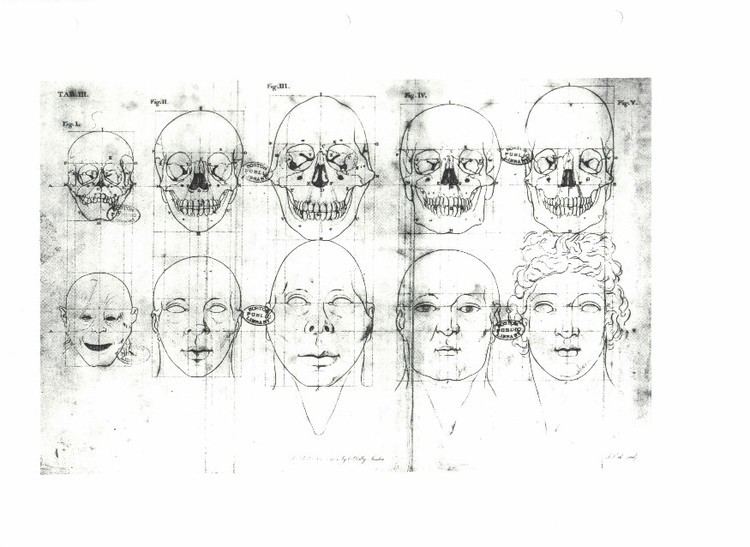 | ||
Fields anatomistphysiologistphilosophersurgeon (dissection)Draughtsman Grandchildren Frederika Theodora Ernestina Camper Similar People Johann Friedrich Blumenbach, Herman Boerhaave, Pieter van Musschenbroek, Johann Wolfgang von Goethe | ||
Unifocus 27 for infinity petrus camper
Peter, Pieter, or usually Petrus Camper (11 May 1722 – 7 April 1789), was a Dutch physician, anatomist, physiologist, midwife, zoologist, anthropologist, palaeontologist and a naturalist. He studied the orangutan, the rhinoceros, and the skull of a mosasaur, which he believed was a whale. One of the first to interest himself in comparative anatomy and palaeontology, he invented the measure of the facial angle. Camper was a celebrity in Europe and a member of the Royal Society. He was interested in architecture, mathematics, and illustrated his own lectures. He designed and constructed tools for his patients, and for surgeries. He was a sculptor, a patron of art and a conservative politician.
Contents
- Unifocus 27 for infinity petrus camper
- Studies and teaching
- Surgeons Guild
- Comparative anatomy
- Facial angle
- Legacy
- Works
- References
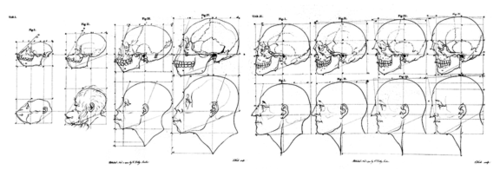
Studies and teaching
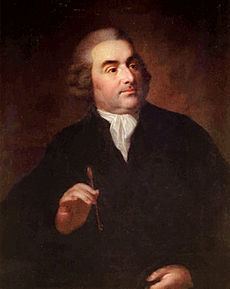
Camper was the son of a well-to-do minister, who made his fortune in the East Indies. A brilliant alumnus, he studied medicine and philosophy at the University of Leiden, and obtained a degree in both sciences on the same day at the age of 24. His professors included [[Pieter van Musschenbroek and Willem Jacob 's Gravesande for physics and mathematics, Herman Boerhaave and Hieronymus David Gaubius for medicine, and François Hemsterhuis for philosophy. After both his parents died Camper then travelled in 1748 to Prussia, England (where he met with obstetrician)|William Smellie, France and Switzerland. He was named professor of philosophy, anatomy and surgery in 1750 at the University of Franeker.
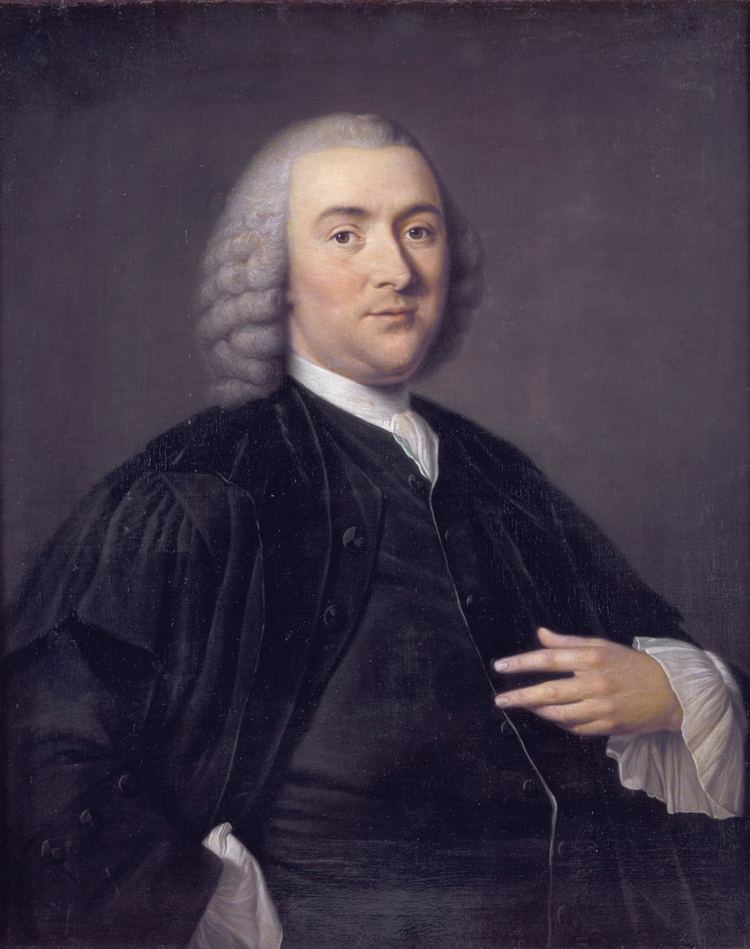
In 1756, Camper married Johanna Boerboom, daughter of the burgomaster of Leeuwarden, whom he met in 1754 while treating her husband, the burgomaster from Harlingen, who died the same year he married her.
Surgeon's Guild
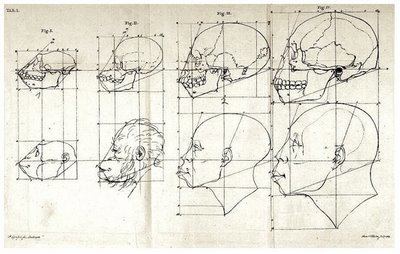
In 1755 he resided in Amsterdam, where he occupied a chair of anatomy and surgery at the Athenaeum Illustre, later completed by a medicine chair. He investigated inguinal hernia, patella and the best form of shoe. He withdrew five years later to dedicate himself to scientific research and lived on his property just outside Franeker. In 1762 he became politically active in Groningen, promoting public health issues such as vaccination against smallpox. He introduced several new instruments and procedures for surgery and obstetrics, focusing on delivering babies whose heads were stuck during birth. In 1763 he accepted the chair of anatomy, surgery and botanics at the University of Groningen.
Both in Amsterdam and in later years, Camper kept a surgical clinic and made drawings to illustrate his eloquent lectures, before retiring in 1773. His main focus of attention was anatomy, zoology and his collection of minerals and fossils. Among his many works, he studied osteology of birds and discovered the presence of air in the inner cavities of birds' skeletons. He investigated the anatomy of eight orangutans, establishing it as a different species to humans, against the theories of contemporary scientists. Petrus Camper published memoirs on the hearing of fishes and the sound of frogs. He dissected an elephant, and a rhinoceros from Java. He studied the diseases of rinderpest and rabies.
Comparative anatomy
One of the first to study comparative anatomy, Petrus Camper demonstrated the principle of correlation in all organisms by "metamorphosis". In his 1778 lecture, "On the Points of Similarity between the Human Species, Quadrupeds, Birds, and Fish; with Rules for Drawing, founded on this Similarity," he metamorphosed a horse into a human being, thus showing the similarity between all vertebrates. Étienne Geoffroy Saint-Hilaire (1772–1884) theorised this in 1795 as the "unity of organic composition," the influence of which is perceptible in all his subsequent writings; nature, he observed, presents us with only one plan of construction, the same in principle, but varied in its accessory parts. Camper's metamorphoses which demonstrated this "unity of Plan" greatly impressed Diderot and Goethe. In 1923 and 1939 some Dutch authors suggested that Camper foreshadowed Goethe's famous idea of "type" – a common structural pattern in some manner
"Facial angle"
Petrus Camper is renowned for his theory of "facial angle. He delivered two lectures in Amsterdam in 1770 to art students on beauty and portraiture. He was concerned that artists painted the black Magus in the nativity with a Caucasian face. He determined that humans had facial angles between 70° and 80°, with African and Asian angles closer to 70°, and European angles closer to 80. According to his new portraiture technique, an angle is formed by drawing two lines: one horizontally from the nostril to the ear; and the other perpendicularly from the advancing part of the upper jawbone to the most prominent part of the forehead. He claimed that antique Greco-Roman statues presented an angle of 100°-95°, Europeans of 80°, 'Orientals' of 70°, Black people of 70° and the orangutan of 42–58°. He stated that, out of all races, Africans were most removed from the Classical sense of ideal beauty. These results were later used as scientific racism, with research continued by Étienne Geoffroy Saint-Hilaire (1772–1844) and Paul Broca (1824–1880).
Camper, however, agreed with Buffon in drawing a sharp line between human and animals (although he was misinterpreted by Diderot, who claimed that he was a supporter of the Great Chain of Being theory).
Legacy
Georges Cuvier (1769–1832) praised his "genius eye" but criticised him for keeping himself to simple sketches ("Camper porta, pour ainsi dire en passant, le coup d'œil du génie sur une foule d'objets intéressants, mais presque tous ses travaux ne furent que des ébauches").
His son Adriaan Gilles also became a scientist and published much of his father's unpublished research in addition to a biography of him.
In 1888, the son of the last female descendant of Petrus Camper petitioned the Dutch crown for a name change to honour his mother, Theodora Aurelia Louisa Camper (1821–1890). The petition was granted by Royal Decree No. 15; and the descendants of Abraham Adriaan Aurelius Gerard Camper-Titsingh Sr. (1845–1910) and Abraham Adriaan Aurelius Gerard Camper-Titsingh Jr. (1889–1974) live today in the United States.
The Dutch author, Thomas Rosenboom, used Petrus Camper as a character in his novel, Gewassen vlees (1994).
